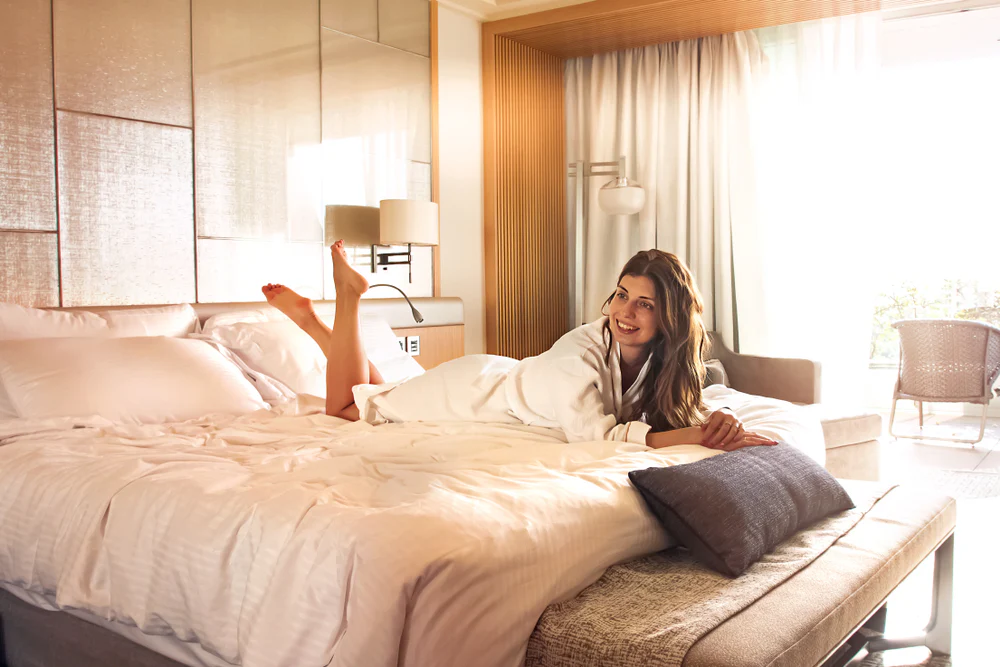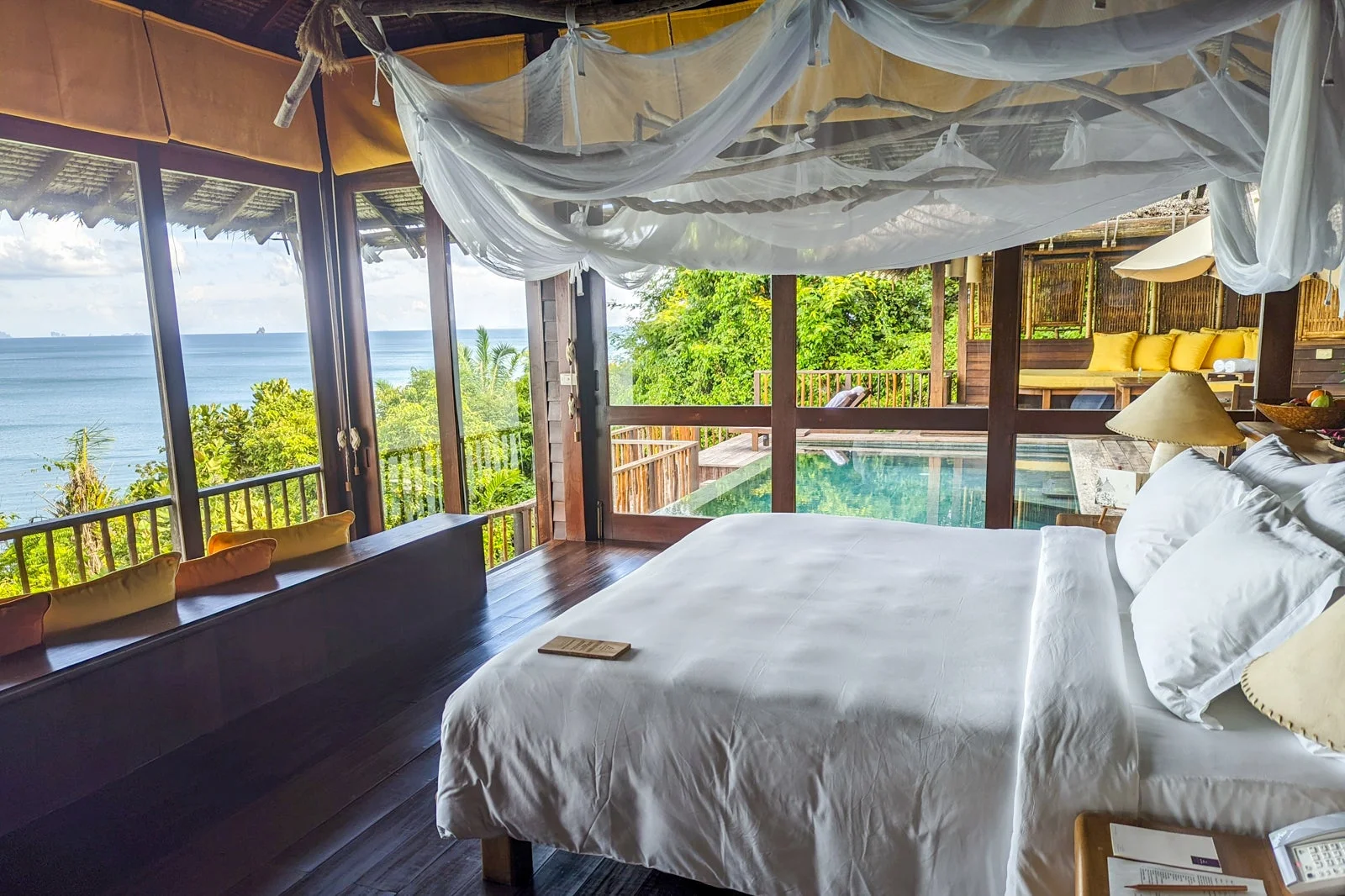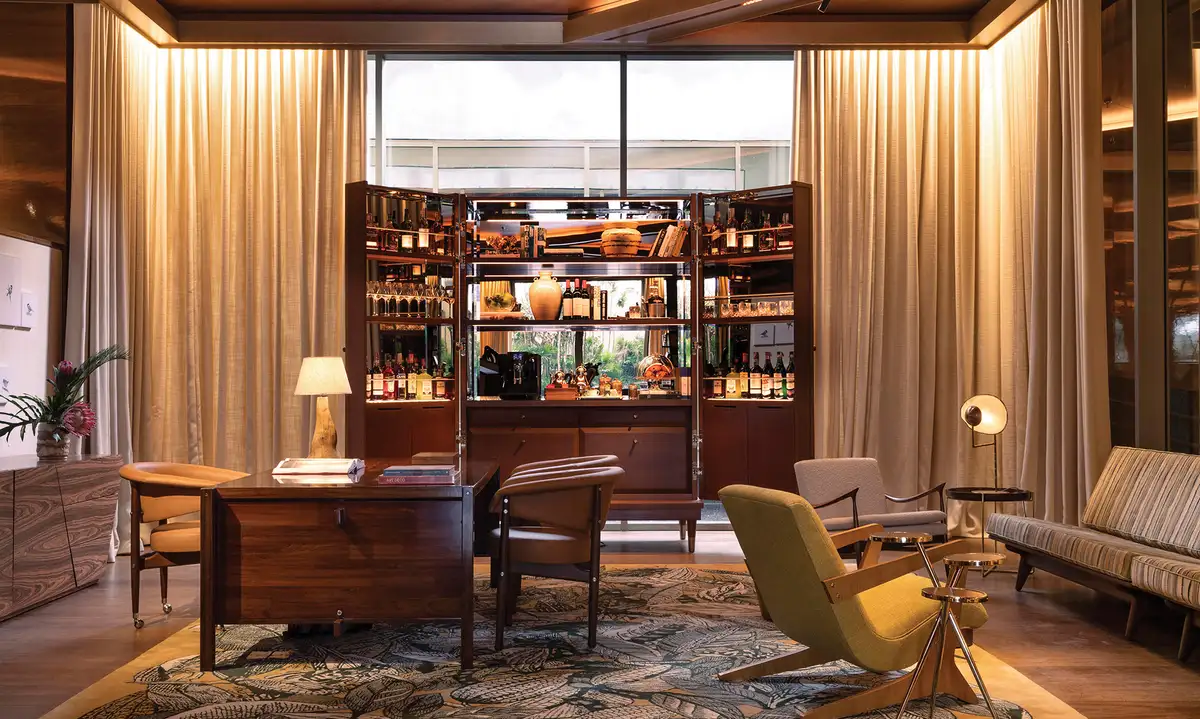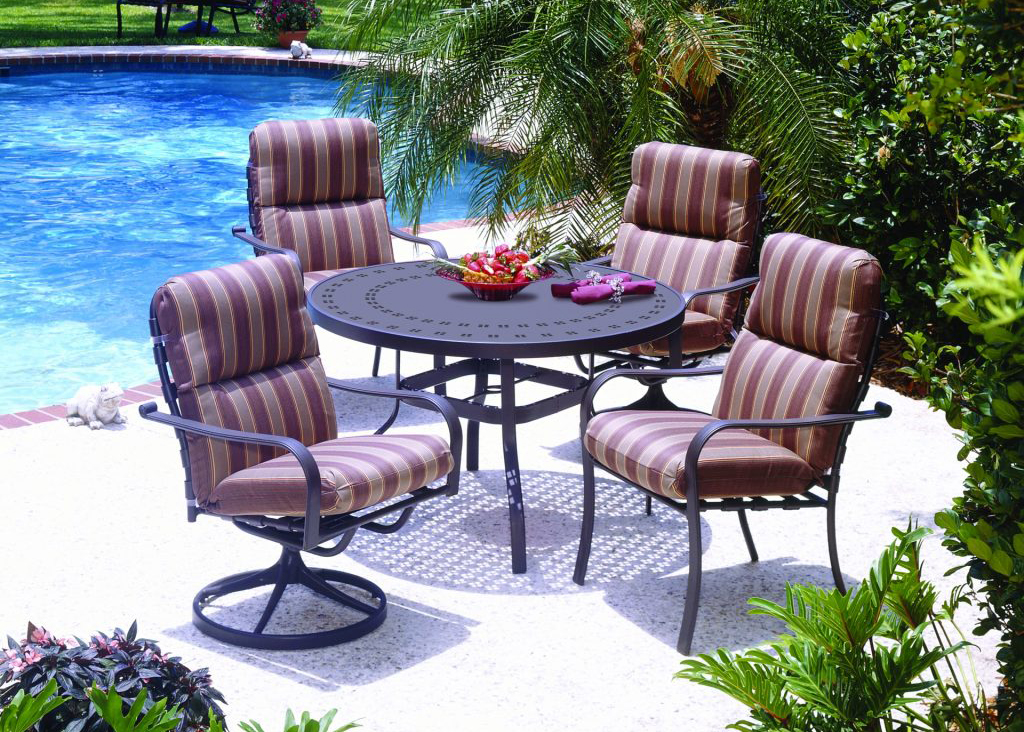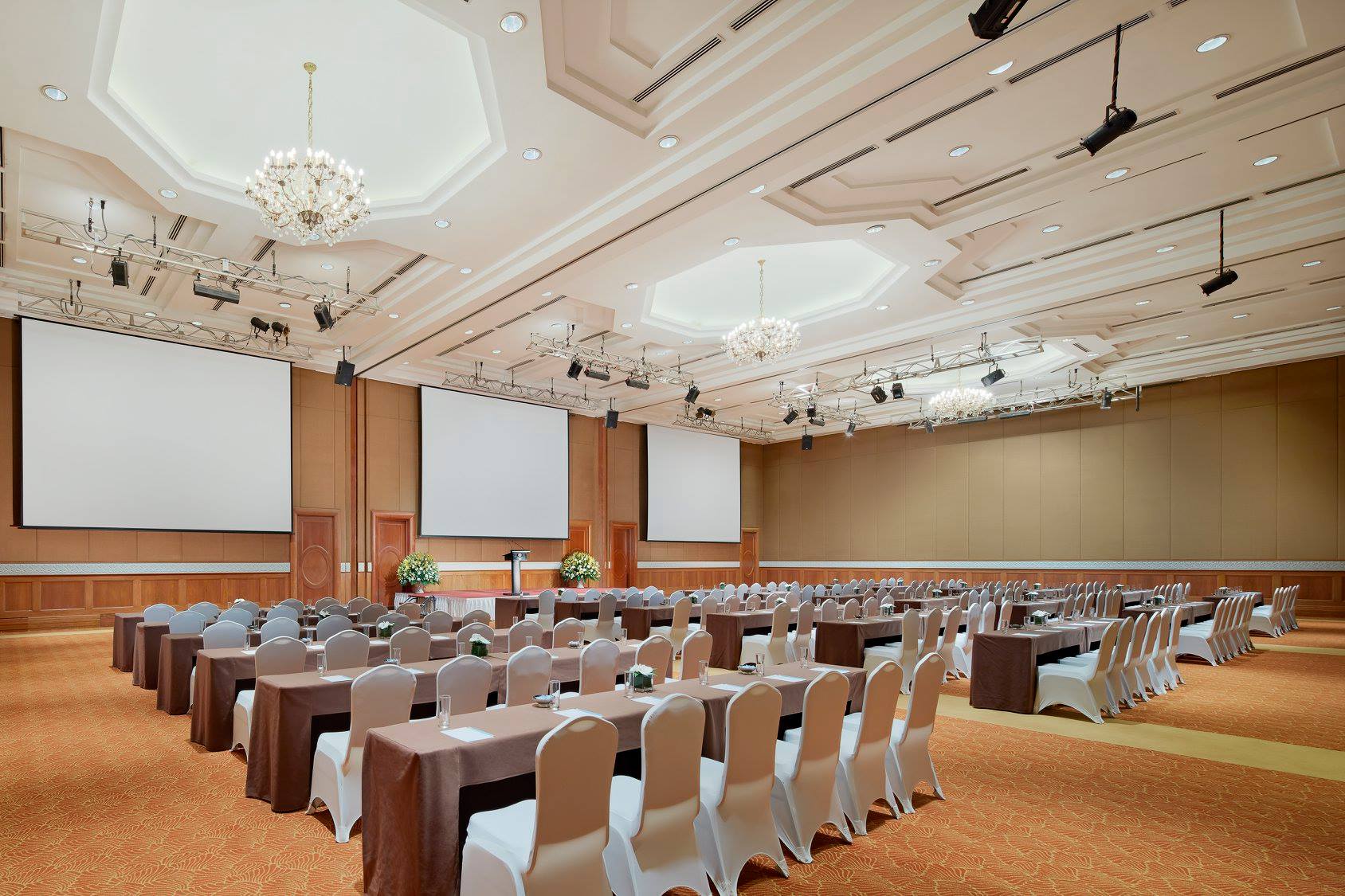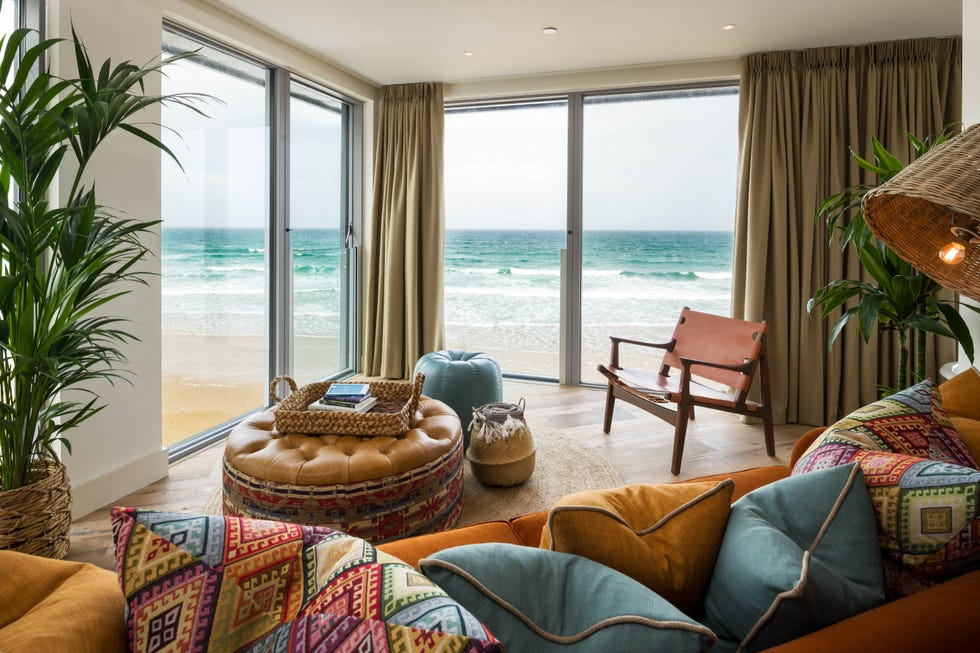Neo-classical Style in Hotel Interiors: Timeless Elegance
Thứ 3, 09/09/2025
Administrator
29
Hotel interiors are more than decorative spaces; they represent a hotel’s identity, value, and ability to attract high-end guests. In an industry where first impressions directly influence booking decisions and customer loyalty, interior style becomes a critical investment. Among countless design approaches, the neo-classical style has stood out for centuries, blending aristocratic sophistication with contemporary comfort.
Unlike modern minimalist or industrial themes that often reflect temporary trends, neo-classical interiors embody permanence and refinement. They borrow grandeur from ancient civilizations, reinterpret it for modern spaces, and deliver an atmosphere of balance and serenity. In luxury hotels, this style elevates lobbies, suites, and dining areas into timeless experiences, ensuring every guest feels immersed in elegance.
1. Origins and Evolution of the Neo-classical Style in Hospitality
The neo-classical style did not appear overnight. It evolved from centuries of architectural refinement. Understanding its roots helps hoteliers appreciate why it remains relevant in the global hospitality market.
1.1 Historical Background
Emerging in 18th-century Europe, the neo-classical movement was a response to the elaborate ornamentation of Baroque and Rococo styles. Designers returned to the simplicity and symmetry of Greek and Roman architecture, emphasizing clean lines, balanced proportions, and restrained decoration.
When adapted into hotels, these principles created interiors that exude dignity without being overwhelming. Even today, many world-class hotels from Paris to New York continue to feature neo-classical lobbies with high ceilings, marble floors, and stately columns.
1.2 Integration into Modern Hospitality
The hospitality sector has modernized, but neo-classical design remains highly adaptable. Hotels combine classical ornamentation with modern lighting, sustainable materials, and technology-friendly layouts. This ensures that while guests experience timeless beauty, they also enjoy the comfort and convenience of contemporary travel.
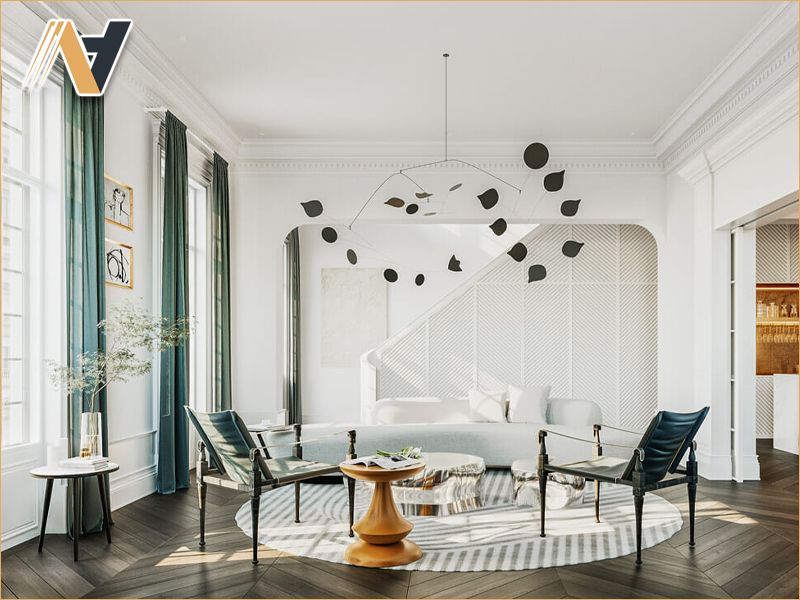
2. Defining Characteristics of Neo-classical Hotel Interiors
A true neo-classical hotel interior is not simply about placing antique-style furniture. It is an orchestrated balance of color, material, form, and detail that together create a lasting impression.
2.1 Harmonious Color Palette
Neutral tones such as ivory, beige, cream, and taupe form the foundation, establishing a sense of calm sophistication. Accents of gold, bronze, or dark mahogany add warmth and luxury. The palette avoids loud contrasts, instead focusing on subtle transitions that promote relaxation.
2.2 Architectural Elements and Detailing
Grand columns, archways, and cornices are central to the style. In hotels, these architectural details are not merely decorative but define zones, separating lobbies, hallways, and dining spaces while maintaining a coherent design language.
2.3 Luxurious Materials
Neo-classical hotels favor durable and prestigious materials such as marble for flooring, hardwood for furniture, crystal for chandeliers, and velvet for upholstery. These not only elevate aesthetics but also withstand long-term usage, which is critical in hospitality environments.
2.4 Balance and Proportion
Every element is carefully scaled. Furniture does not overcrowd spaces. Lighting fixtures are proportionate to room size. Symmetry governs placement. This creates order and elegance that immediately communicates premium quality to guests.
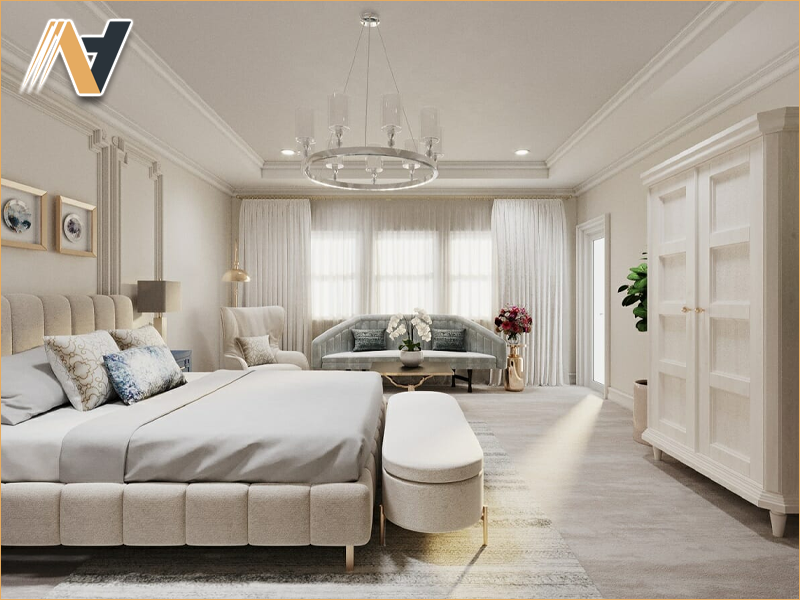
3. Why Neo-classical Interiors Remain Timeless in Hotels
With hospitality trends shifting rapidly, it is essential to understand why this style remains a safe yet prestigious investment for hoteliers.
3.1 Universal Guest Appeal
Whether a guest arrives from Europe, Asia, or America, they recognize and appreciate the elegance of neo-classical design. Its international appeal allows hotels to cater to diverse markets without alienating specific demographics.
3.2 Long-lasting Value for Investors
Unlike trendy industrial or Scandinavian styles, neo-classical interiors do not quickly look outdated. A well-executed neo-classical lobby retains its grandeur for decades, reducing the need for frequent costly renovations.
3.3 Psychological Impact on Guests
Studies in hospitality design show that symmetry and order create a calming effect on visitors. Guests perceive such environments as trustworthy, luxurious, and worthy of premium pricing. This directly supports higher room rates and guest satisfaction scores.
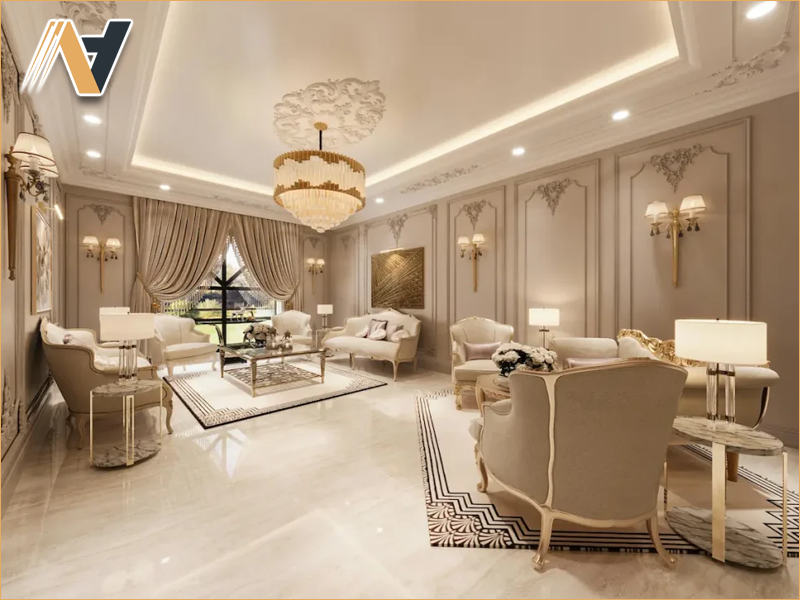
4. Applications of Neo-classical Style in Hotel Spaces
The strength of this design approach lies in its adaptability across all hotel areas, from lobbies to conference halls.
4.1 Lobby and Reception Areas
The lobby is a guest’s first physical experience of the hotel. Neo-classical lobbies with marble flooring, towering columns, and chandeliers establish prestige immediately. Guests perceive value from the moment they step inside.
4.2 Guest Rooms and Suites
Rooms emphasize comfort while maintaining elegance. Carved wooden headboards, plush bedding, and soft lighting ensure relaxation. Symmetrical layouts create a sense of harmony. Luxury suites may feature lounge areas with velvet sofas and ornate details, reinforcing exclusivity.
4.3 Restaurants and Lounges
Dining areas benefit from the sophistication of symmetrical arrangements, decorative wall panels, and warm, muted lighting. Such interiors create an ambiance conducive to fine dining, encouraging longer stays and higher spending per guest.
4.4 Conference and Banquet Halls
For business travelers, conference halls must communicate professionalism while maintaining luxury. Neo-classical detailing such as coffered ceilings and elegant chandeliers enhances the corporate image, making the venue attractive for international events.
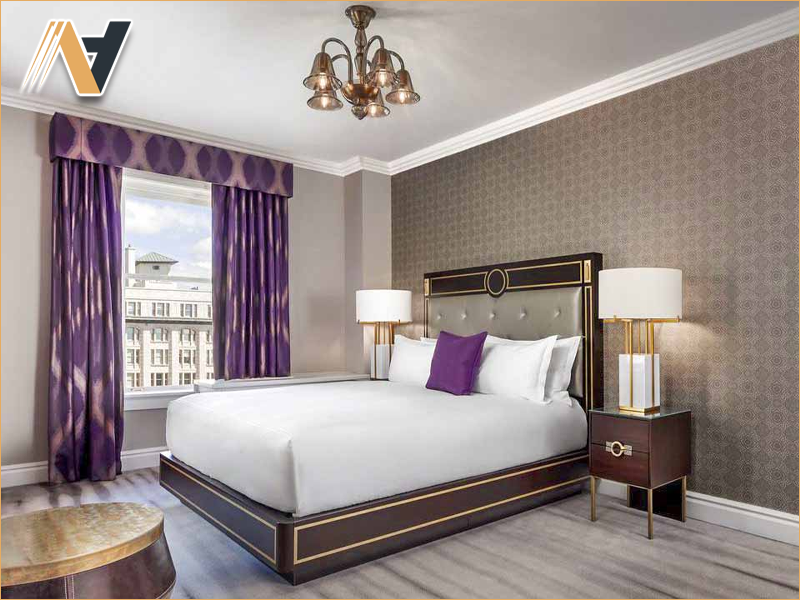
5. Conclusion
The neo-classical style offers more than visual appeal. It provides hotels with a timeless identity, international guest recognition, and long-term value for investors. From lobbies and suites to restaurants and conference halls, its application transforms ordinary spaces into memorable experiences.
For hotels seeking to achieve this level of refinement, partnering with trusted manufacturers is essential. Ngoc Hoang Anh specializes in Vietnam hotel furniture OEM, offering professional production support tailored to luxury hospitality projects.
Contact us today for professional consultation and high-quality manufacturing solutions for your hotel interior needs.
-----
NGOC HOANG ANH TRADING COMPANY LIMITED
Tax Code: 3702874413
Address: No. 288/28/10 Huynh Van Luy Street, Zone 7, Phu Loi Ward, Ho Chi Minh City, Vietnam
Warehouse: No. 1/91, Thuan Giao 02 Street, Binh Thuan 2 Residential Quarter, Thuan Giao Ward, Ho Chi Minh City, Vietnam
Phone/Whatsapp/Wechat: +84342076666
Email: info@ngochoanganh.com.vn




